Vaginismus Physical Therapy | 6 Vaginismus Exercises and How to do Them
Have you ever heard of vaginismus physical therapy? If you experience painful muscle spasms in your private area, then continue reading.
RELATED: Valentine Sex | 21 Hot Valentine's Day Sex Tips
Vaginismus Physical Therapy | What It Is and How to Do It

What Is Vaginismus?

According to the fourth edition of the Diagnostic and Statistical Manual of Mental Disorders (DSM-ICV), vaginismus is a sexual pain disorder. It is the “recurrent or persistent involuntary spasm of the musculature of the outer third of the vagina.” Simply put, vaginismus happens when your vagina tightens or tenses when you try to penetrate it.
However, in the fifth version, the American Psychological Association (APA) has merged the conditions vaginismus and dyspareunia (painful intercourse) into one entity, calling it genito-pelvic pain/penetration disorder (GPPPD). So in decades to come, you might not even come across the term vaginismus anymore.
The definition of GPPPD is the persistent or recurring difficulties with at least one of the following symptoms:
- vaginal penetration during sex
- pain the vagina or pelvis during sex or an attempt at penetration
- fear of pain during sex
- tensing or tightening of the pelvic floor when you attempt penetration
Also, you need to experience at least one of these for six months and the effect needs to be intense before you can consider it as GPPPD.
Women may experience lifelong vaginismus, but it could also happen out of nowhere. If you have ever thought yourself, “Why am I tighter than usual” it may be time to visit your doctor. Consult your gynecologist if you experience muscle spasms in your private area.
What Is Vaginismus Physical Therapy?
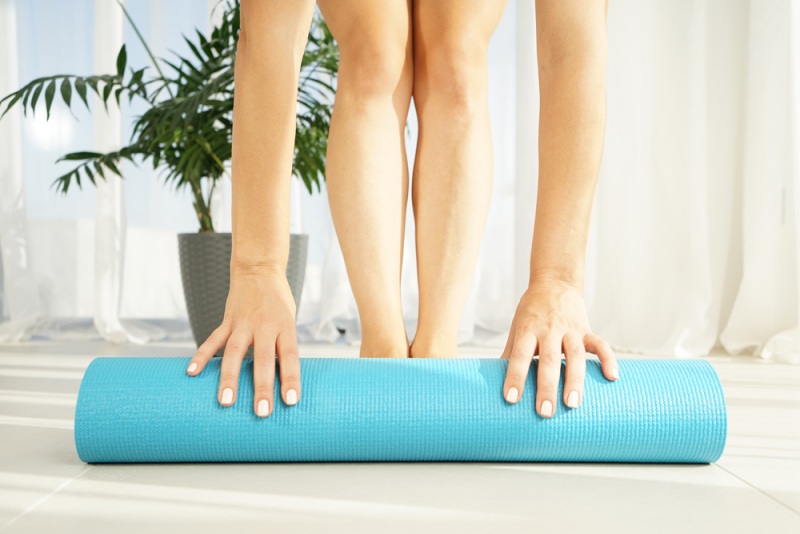
Vaginismus physical therapy may teach you how to loosen up down there.
Since vaginismus is associated with the tightening of muscles, some believe that training your muscles to relax through physical therapy could help reverse the effects of vaginismus.
It may also help improve mobility and relieve both pain and anxiety.
How Do I Do Vaginismus Exercises?
1. Breathing Technique
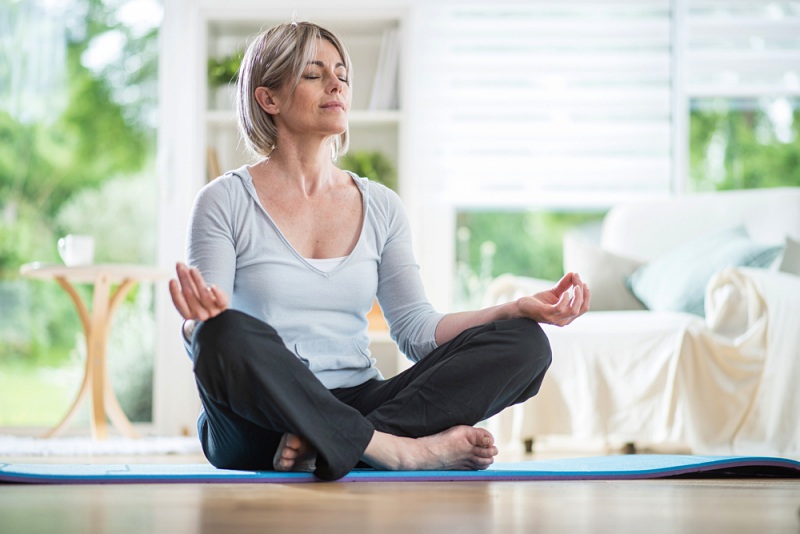
- Lay flat and extend your legs.
- Focus on your breathing and observe how your chest rises and falls along with your breathing.
- Imagine the same rise and fall with your pelvic floor.
- As you inhale, note how your pelvic floor or tailbone lowers.
- As you. exhale, pay attention to your pelvic floor or your tailbone lifts back up.
- Repeat for two minutes.
2. Deep Squat
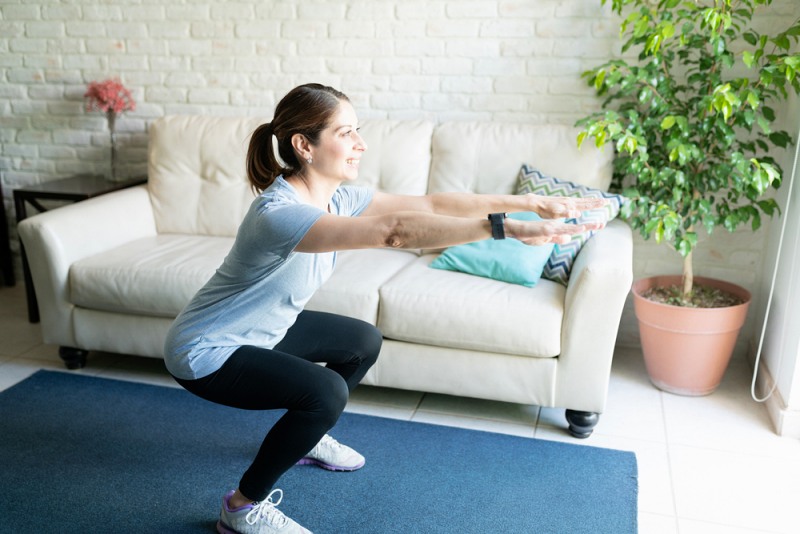
- Begin in a standing position.
- Grab a chair or stand next to a table that you can clutch onto for support.
- Do a deep squat, keeping your back straight and your hips slightly pushed out.
- Mind your breathing.
- Hold the position for 1-2 minutes.
3. Piriformis Stretch

- Lay on your back.
- Rest your right ankle over your left knee.
- Stretch your right knee away from you with your ankle still on your knee.
- Bring your knee towards yourself to further stretch your muscles.
- Hold the position for 30-60 seconds, three reps per leg.
- Repeat the process with your left ankle and right knee.
4. Child's Pose
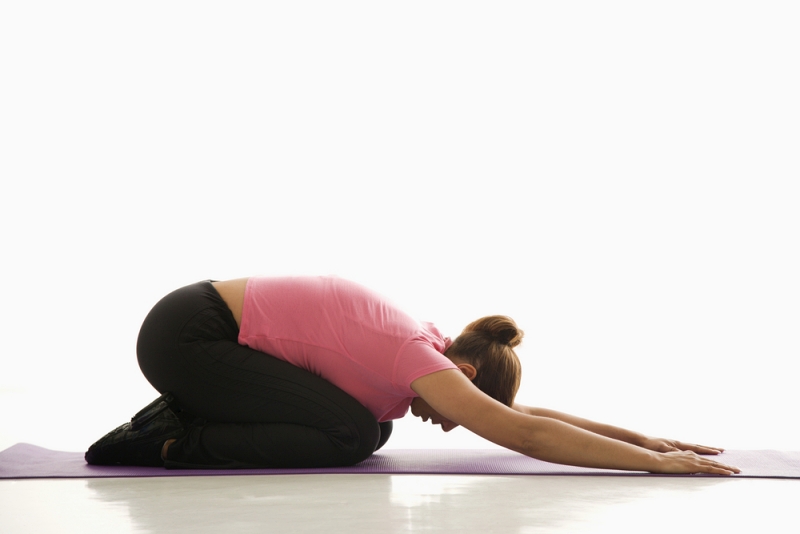
- Kneel down and sit on your heels.
- Bend forward with your arms stretched out.
- Apply breathing techniques, observing the rise and fall of your rib cage and the subtle movements on your pelvic floor.
- Hold the position for 2-3 minutes,
- You may use pillows your blankets to prop you up and support your pose.
5. Pelvic Floor Drop
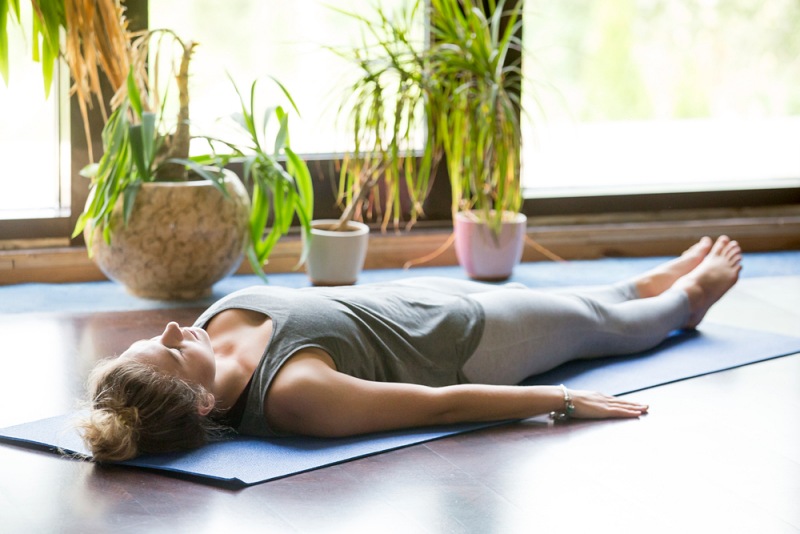
- Lie down or sit on a chair. Do whichever is more comfortable.
- Applying the breathing techniques in step 1, inhale.
- As you exhale, apply pressure or engage your pelvic floor muscles. This is similar to the feeling of passing gas.
- Do 20-30 reps, once or twice a day.
6. Happy Baby
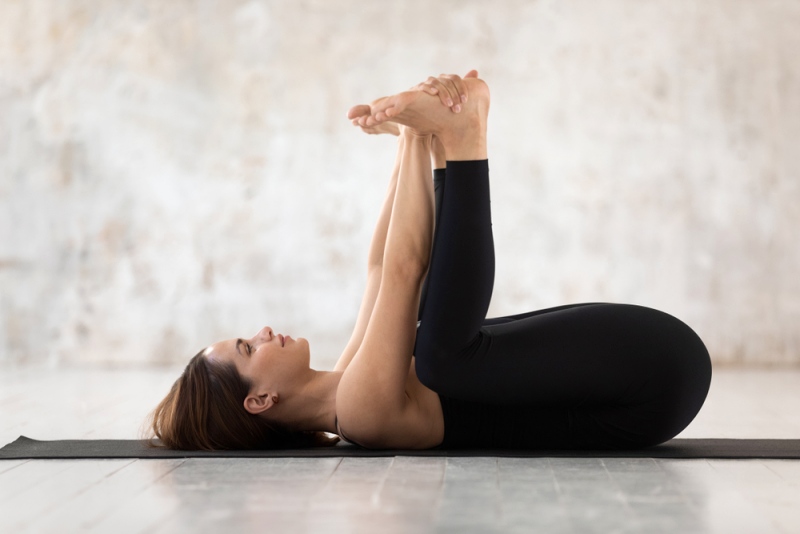
- Lay on your back.
- Using both hands, grab onto your feet.
- Bring your knees towards your shoulders. The soles of your feet should be parallel to the ceiling.
- Rock side to side and feel your body relax.
- Hold the position for 2-3 minutes.
How Long Do I Have to Do Vaginismus Physical Therapy?
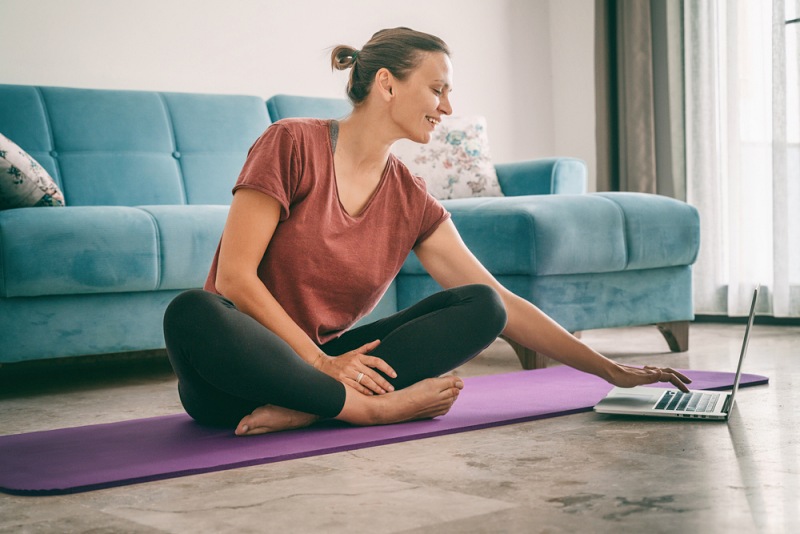
It could take months of vaginismus physical therapy and exercises to get results. Work closely with your physiotherapist and gynecologist. Sometimes, taking a multidisciplinary approach could help treat your problem.
Getting impatient?
In addition to physical therapy, you could also ask your gynecologist for topical therapy to help manage the pain. A sex therapist could also help you address the underlying issues about sex and help you enjoy sex and find intimacy with your partner.
Vaginal dilators could also help you get used to the sensation of penetration.
RELATED: 10 Exercises for Sexuality | Kegel Exercises for Sex
What Are the Causes of Vaginismus?
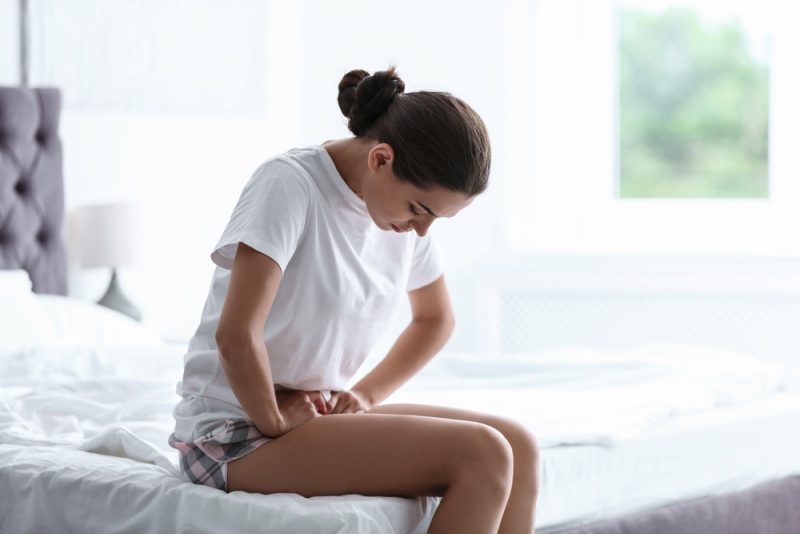
It's often defined as a mental disorder, but there are a number of factors that could contribute to or lead to vaginismus.
It's not clear what causes vaginismus, but it may include:
- anxiety disorders
- injuries
- surgery
- fear of sex or other negative perceptions about sex
Around 150 years ago, gynecologist Sims experienced vaginismus herself. And she said that it's very easy to cure safely and absolutely. Scientists believe that this statement prevented researchers from pursuing the topic any further. And this might be why there's still so much we don't know about it.
How Do You Know if You Have Vaginismus?

Symptoms of vaginismus include:
- discomfort during sex or penetration
- dyspareunia (painful intercourse)
- inability or difficulty having sex because of the resulting vaginal pain
Go to your gynecologist if you experience any pain when you insert something into your vagina. This could be when you're trying to insert a tampon or struggling to get through a physical exam.
Vaginismus (or GPPPD) symptoms may overlap with other conditions, so the best way to get an accurate diagnosis is to speak with your gynecologist.
It's also important to rule out other possible causes or explanations for your symptoms. Only by pinpointing the root cause or getting an accurate diagnosis can you begin treating the problem.
Sexuality may be a taboo in many places, which is one reason why it's hard to determine the prevalence of the condition. But it's important to open up to your doctor about it so you can get to the bottom of it together.
What Is the Difference between Vaginismus and Dyspareunia?
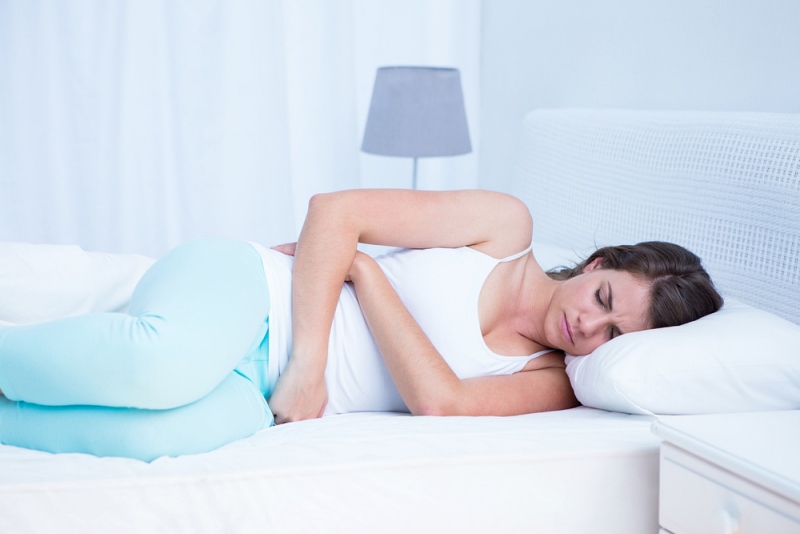
The latest edition of the DSM combines vaginismus and dyspareunia under the condition of genito-pelvic pain/penetration disorder (GPPPD).
It was combined because the two conditions had many overlapping symptoms and comorbidities.
GPPPD is classified as a pain disorder.
However, prior to the new classification, vaginismus was defined as the clenching of the vagina during penetrations or attempts at penetration. Dyspareunia means painful intercourse.
Check out this video for more on vaginismus physical therapy:
Vaginismus could get in the way of having a satisfying sex life. And while scientists haven't figured out its causes and means of prevention, some methods could help relax your muscles and potentially ease the pain.
There is some anecdotal evidence that could help women treat vaginismus. But the best way to deal with it is to treat it with your gynecologist. Explore doctor-approved ways to manage it, but you may also do some physical therapy for vaginismus on the side.
UP NEXT:
- 3 Tips For A Healthy Sex Life After 40
- How to Last Longer in Bed and Enjoy Better Sex!
- How Is Vitamin E Thought to Play a Role in Reducing the Risk of Heart Disease?
Join the healthy living conversation with us on Facebook, Instagram, and Pinterest. We want to hear your story—let’s connect via these channels. Find our community online and join the healthy living revolution today!
Trending
Get Updates
SIGN UP FOR OUR NEWSLETTER TODAY

Tongue Color | 7 Scary Tongue Color Meanings

Lecithin Benefits and Side Effects: 10 Surprising Truths
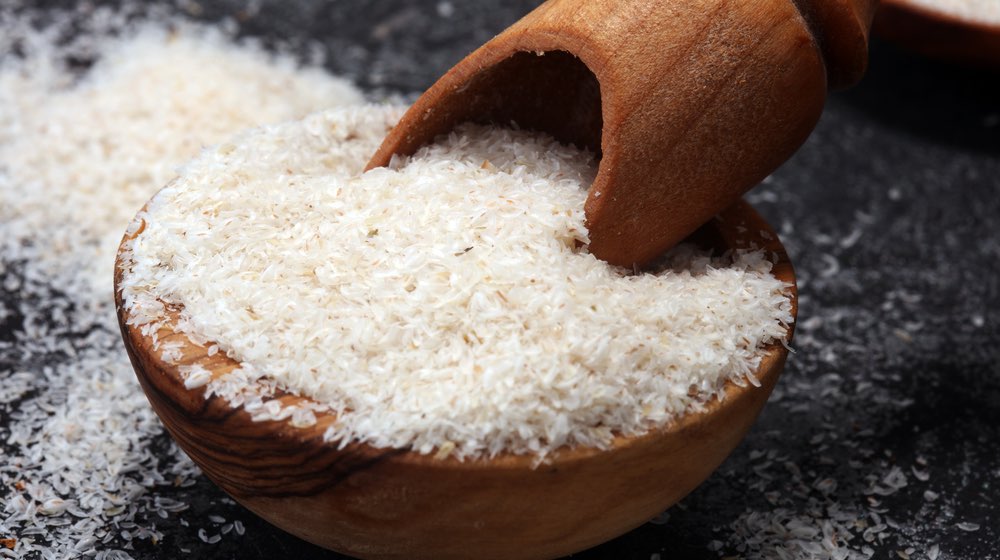
Related

Tongue Color | 7 Scary Tongue Color Meanings

